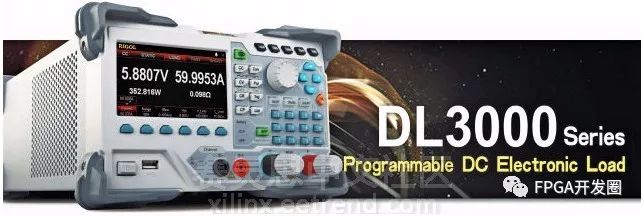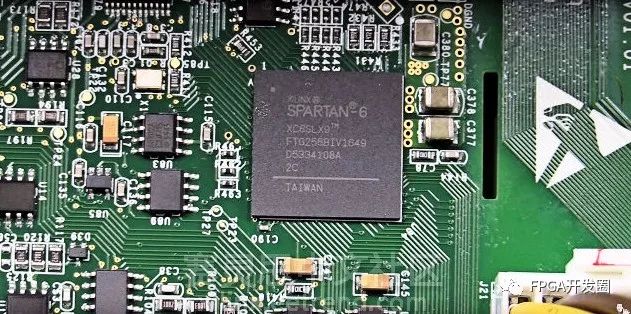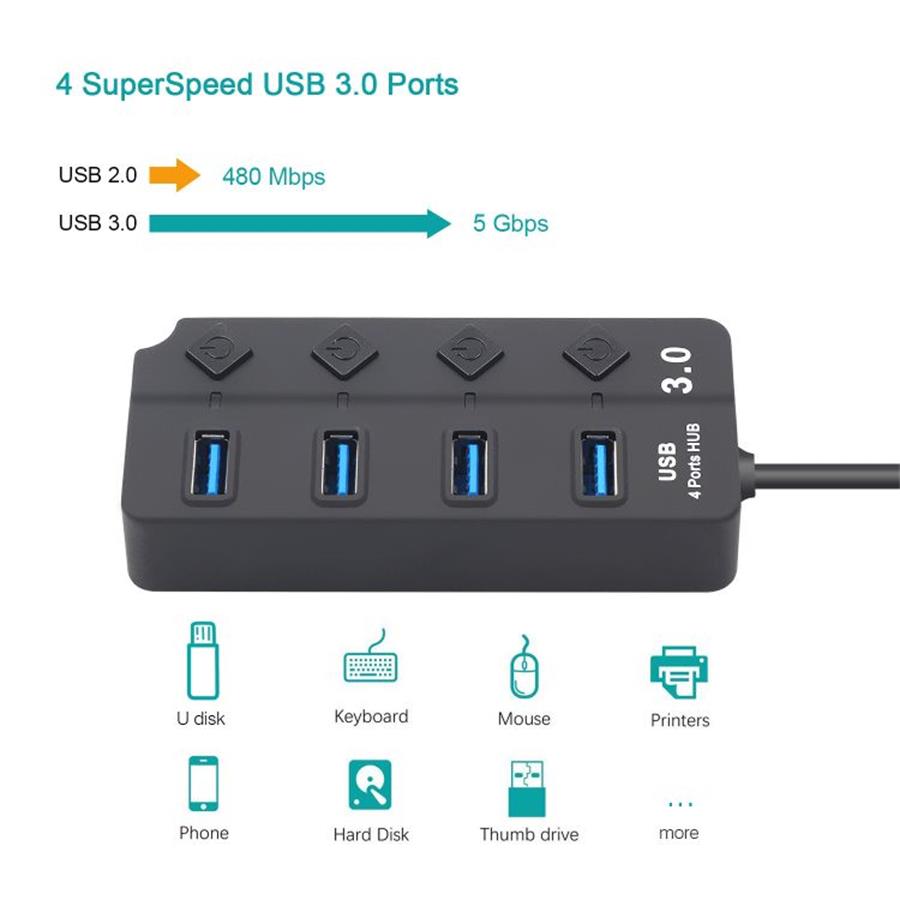Presumably, everyone is no stranger to EEVBlog. Dave Jones, a developer with rich experience in electronic development, released the disassembly video of various electronic devices on the website, and gave professional explanations on some advantages and disadvantages of the design. Recently uploaded. An electronic load device was disassembled and explained in the video. The principle of the electronic load is to control the conduction of the internal power MOSFET or transistor (the amount of duty cycle). The device that consumes power by the power dissipation of the power tube can accurately detect the load voltage and accurately adjust the load current. Achieve analog load short circuit. Due to the special performance of the electronic load (providing a powerful test environment to meet different external needs), it has a large market in electronic instrumentation, mainly suitable for various power sources, batteries, adapters and electronic load test occasions. . Figure 1: Rigol DL3021 programmable electronic load device for Dave Jones disassembly This programmable DC electronic load is priced at $499 and can provide up to 200W, 150V/40A analog load test environment, belonging to the Rigol DL3000 series. In addition, the series also includes DL3031 (maximum power 350w) and DL3021A and DL3031A models. The “A†model indicates faster and better response speeds and more accurate accuracy adjustments. Compared to some low-end electronic loads, the Rigol DL3021 integrates a Xilinx Spartan-6 LX9 FPGA device. Although the device's resources include only 9152 logic cells, 576Kbits of memory and 16 DSP units, it is fully capable. Monitor and control power usage and changes in real time. Figure 2: Rigol DL3021 integrated Xilinx Spartan-6 LX9 FPGA controller In addition, we can see from the video that the engineer also designed a daughter board to communicate with the motherboard through the PCIe interface. The processor of the daughter board uses Freescale/NXP i.MX283 multimedia application processor and ARM 926EJ. -S processor, the main function is to implement many user interfaces on the device control panel, such as Ethernet interface, USB, RS-232 and color display. Obviously we see that engineers use a microcontroller-integrated FPGA device solution. From the perspective of accuracy and real-time performance, FPGA parallel processing capability can provide reliable, consistent, and deterministic monitoring results, which is also pursued by high-end electronic load products. effect. Now we connect more and more computer devices, such as wireless keyboard and mouse adapter, Bluetooth adapter, U disk, card reader, USB fan, bank U shield and so on, the computer's USB 3.0 interface is not enough. Today to recommend the product is superior launched 4 Port USB HUBS, it expanded out of four additional USB interface, USB C Hubs can meet the needs of everyone connected to the daily equipment. At the same time the product does not drive and does not need additional power connection, very small.
You can connect an HDMI port, two USB-A ports, and two USB-C ports to the USB HUBS through the USB4 port on the laptop. Video output interface for HDMI 2.1 specifications, the highest support 8K@60Hz, and downward compatible with 4K@144Hz, 1080P 240Hz and other video specifications. Four USB data transmission interfaces are USB 3.2Gen2 protocol, the theoretical transmission rate is 10Gbps, the measured transmission speed can reach 940MB/s.
4 Port Usb Hubs,4 Port Mini Usb Hub,4 Port Usb 3.0 Hub,4 Port Powered Usb Hub Henan Yijiao Trading Co., Ltd , https://www.yjusbhubs.com

